Blooming Antarctica
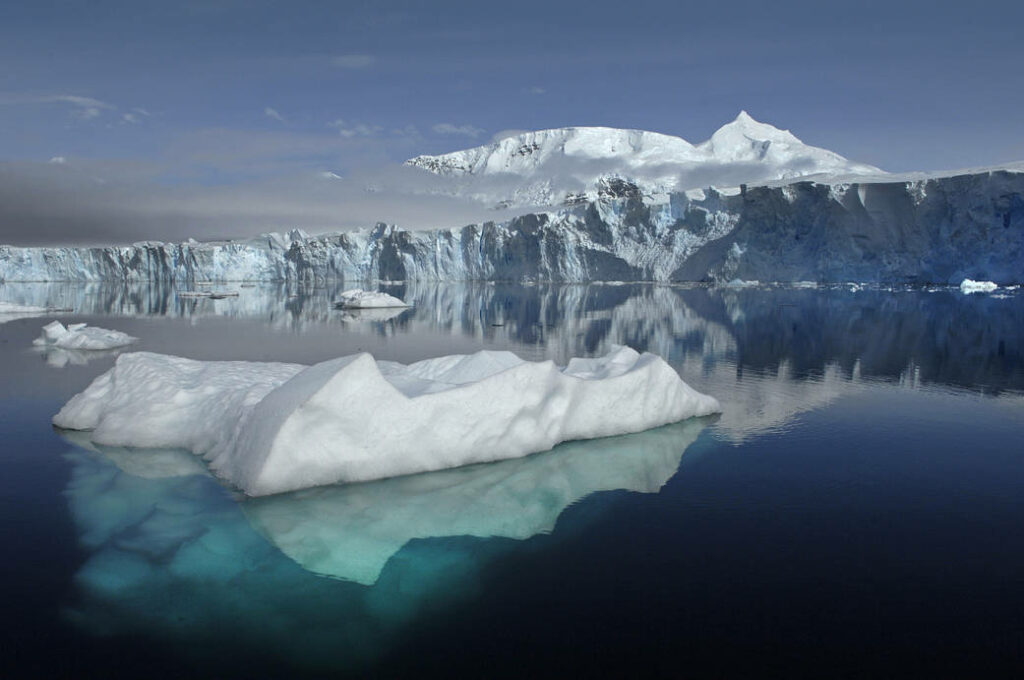 Researchers use MITgcm to understand how phytoplankton blooms and inorganic carbon respond to sea-ice variability in the West Antarctic Peninsula.
Researchers use MITgcm to understand how phytoplankton blooms and inorganic carbon respond to sea-ice variability in the West Antarctic Peninsula.
2020 Research Roundup
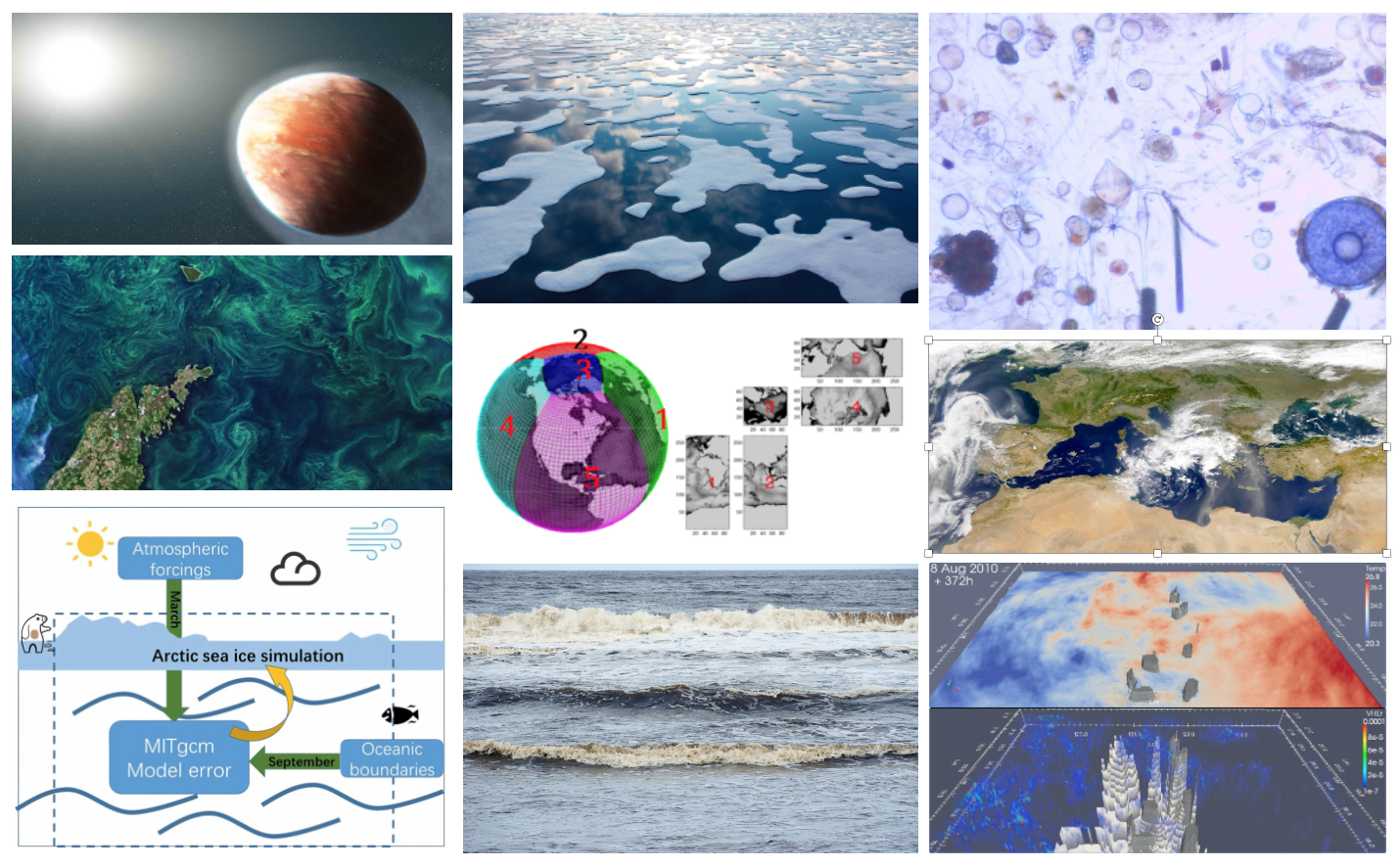 Happy 2021: Another new year, another new research roundup! Best wishes as always to MITgcmers past, MITgcmers present and MITgcmers yet to come…
Happy 2021: Another new year, another new research roundup! Best wishes as always to MITgcmers past, MITgcmers present and MITgcmers yet to come…
2019 Research Roundup
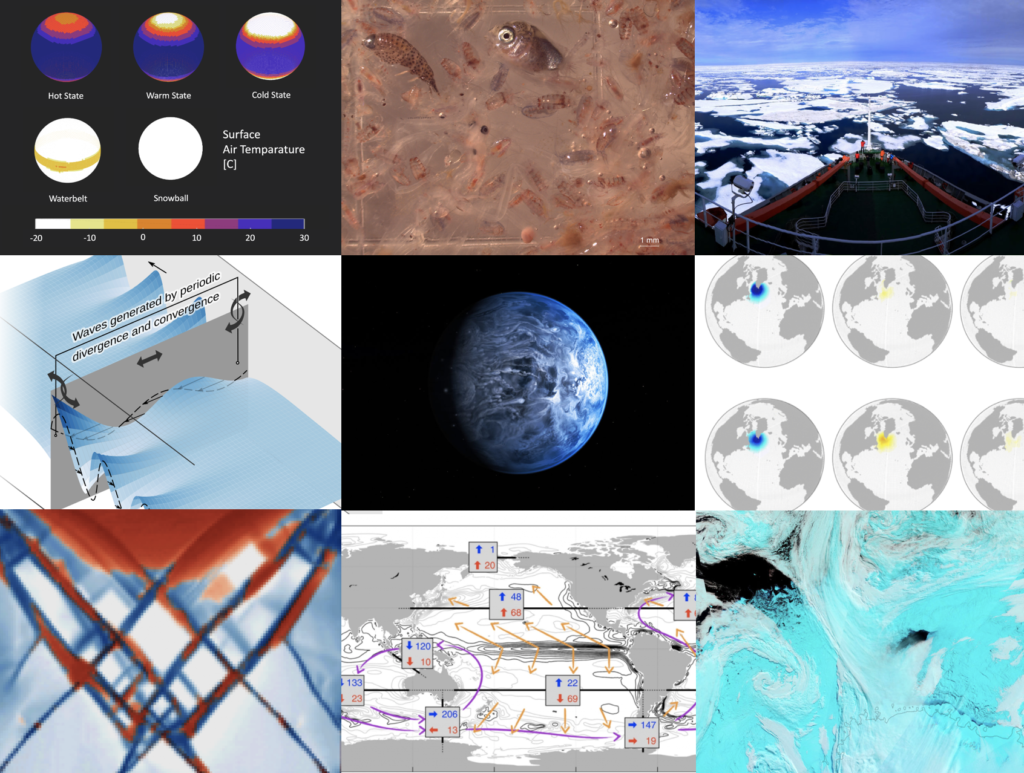 Happy 2020: Another new year, another new decade, another new research roundup! Best wishes as always to MITgcmers past, MITgcmers present and MITgcmers yet to come…
Happy 2020: Another new year, another new decade, another new research roundup! Best wishes as always to MITgcmers past, MITgcmers present and MITgcmers yet to come…
Tracking Down Climate’s Tipping Points
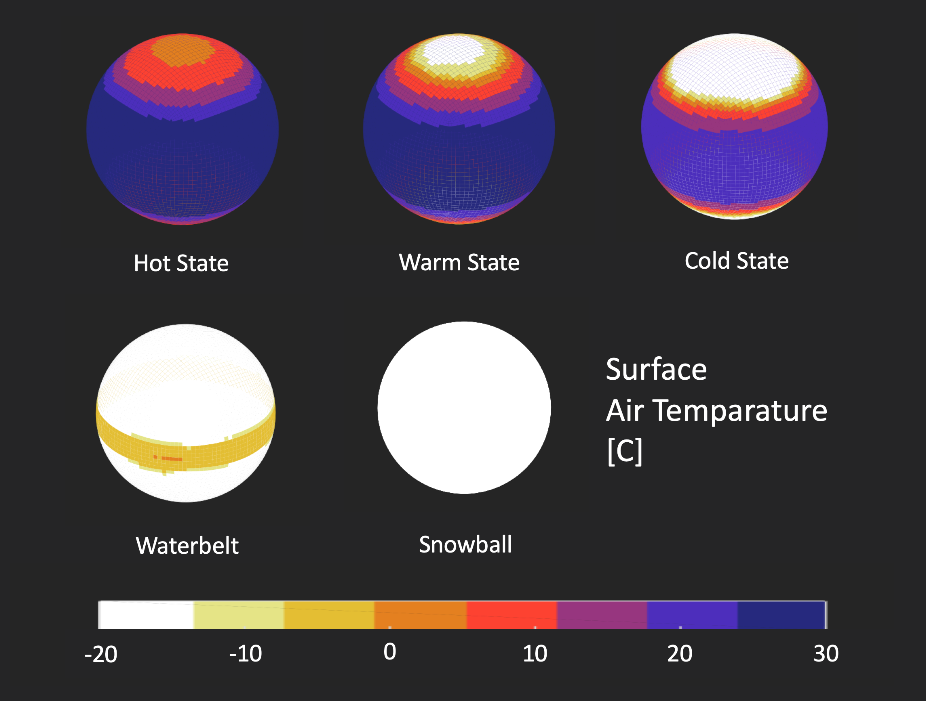 A group at UNIGE in Switzerland uses MITgcm aquaplanet experiments to probe climate sensitivity.
A group at UNIGE in Switzerland uses MITgcm aquaplanet experiments to probe climate sensitivity.
Exploring Zooplankton Dynamics in the Gulf of Mexico
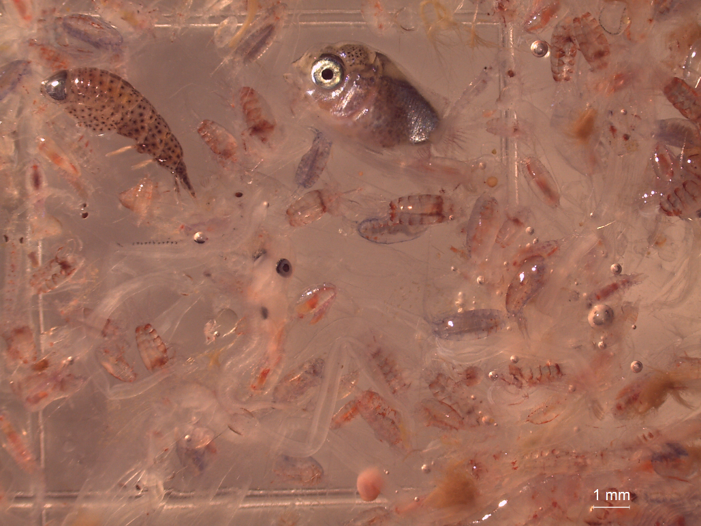 FSU graduate student Taylor Shropshire has been using MITgcm to explore zooplankton dynamics in the Gulf of Mexico.
FSU graduate student Taylor Shropshire has been using MITgcm to explore zooplankton dynamics in the Gulf of Mexico.
Arctic Shipping Forecast
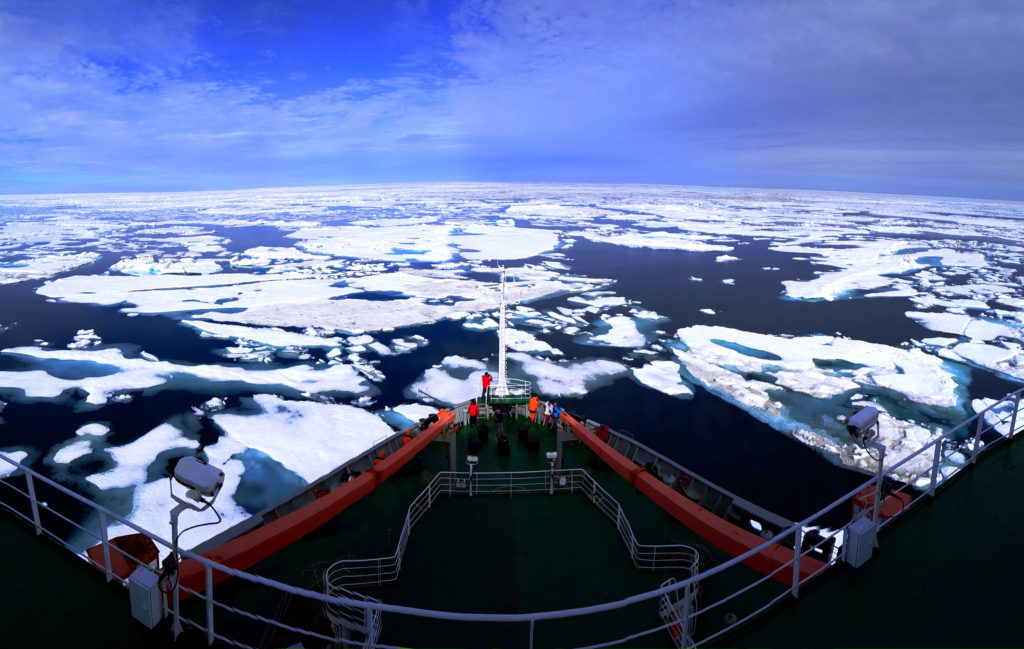 MITgcm underpins a new Chinese Arctic sea-ice prediction system.
MITgcm underpins a new Chinese Arctic sea-ice prediction system.
Wild and Windy Exoplanets
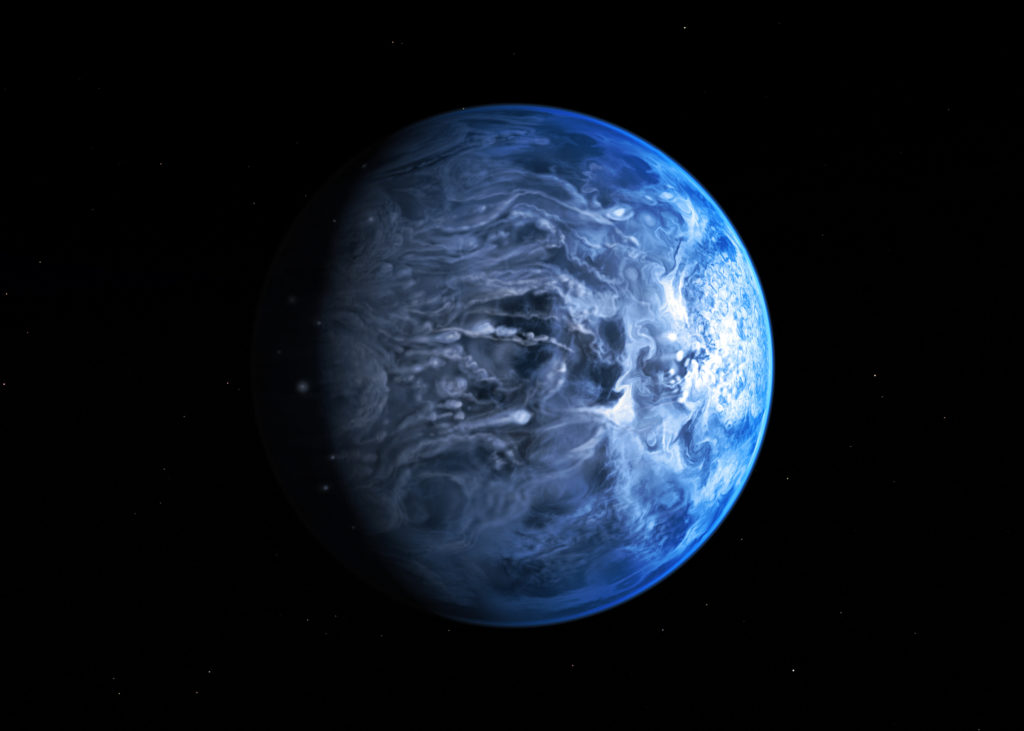 A team of US and UK-based researchers has been using MITgcm to explore the effect of disequilibrium chemistry on the atmospheric circulation and radiative transfer characteristics of Hot Jupiters.
A team of US and UK-based researchers has been using MITgcm to explore the effect of disequilibrium chemistry on the atmospheric circulation and radiative transfer characteristics of Hot Jupiters.
The Problem with Polynyas
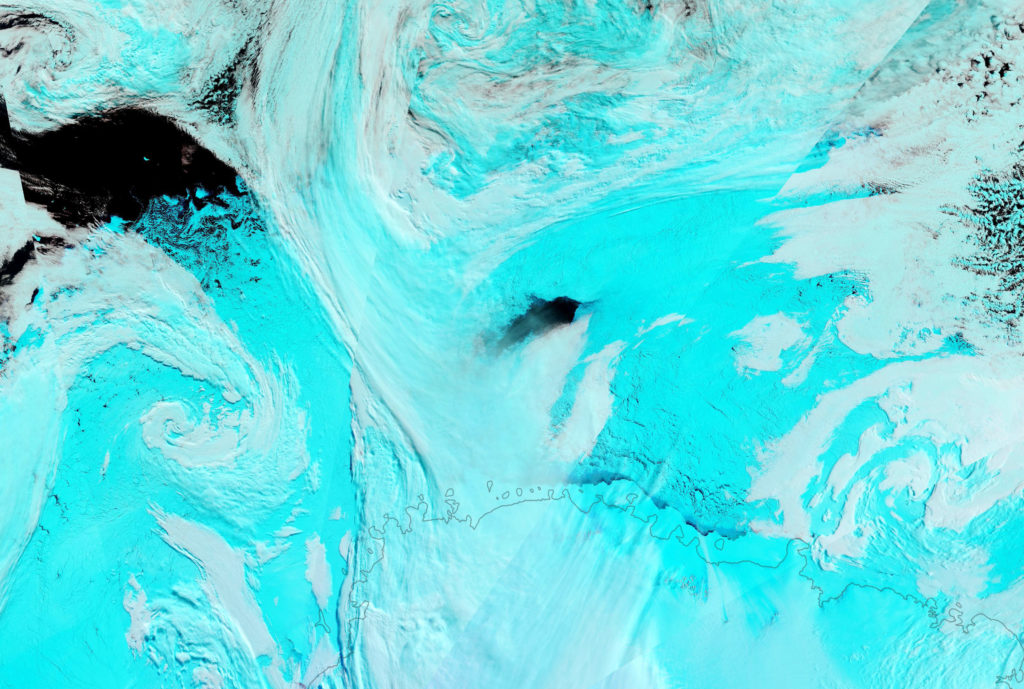 A new study from British Antarctic Survey uses MITgcm to explore what effect excessive Weddell Sea convection may have on nearby continental ice shelves.
A new study from British Antarctic Survey uses MITgcm to explore what effect excessive Weddell Sea convection may have on nearby continental ice shelves.
Exploring AMOC Sensitivity
 A team from the UK has been using an ocean-only configuration of the MITgcm and its adjoint to explore the sensitivity of the Atlantic Meridional Overturning Circulation to surface heat and freshwater fluxes over the Subpolar Gyre.
A team from the UK has been using an ocean-only configuration of the MITgcm and its adjoint to explore the sensitivity of the Atlantic Meridional Overturning Circulation to surface heat and freshwater fluxes over the Subpolar Gyre.
Breaking the Ice
 Researchers from Germany and Canada study fracturing of sea ice by comparing different rheologies in the MITgcm sea-ice package
Researchers from Germany and Canada study fracturing of sea ice by comparing different rheologies in the MITgcm sea-ice package
